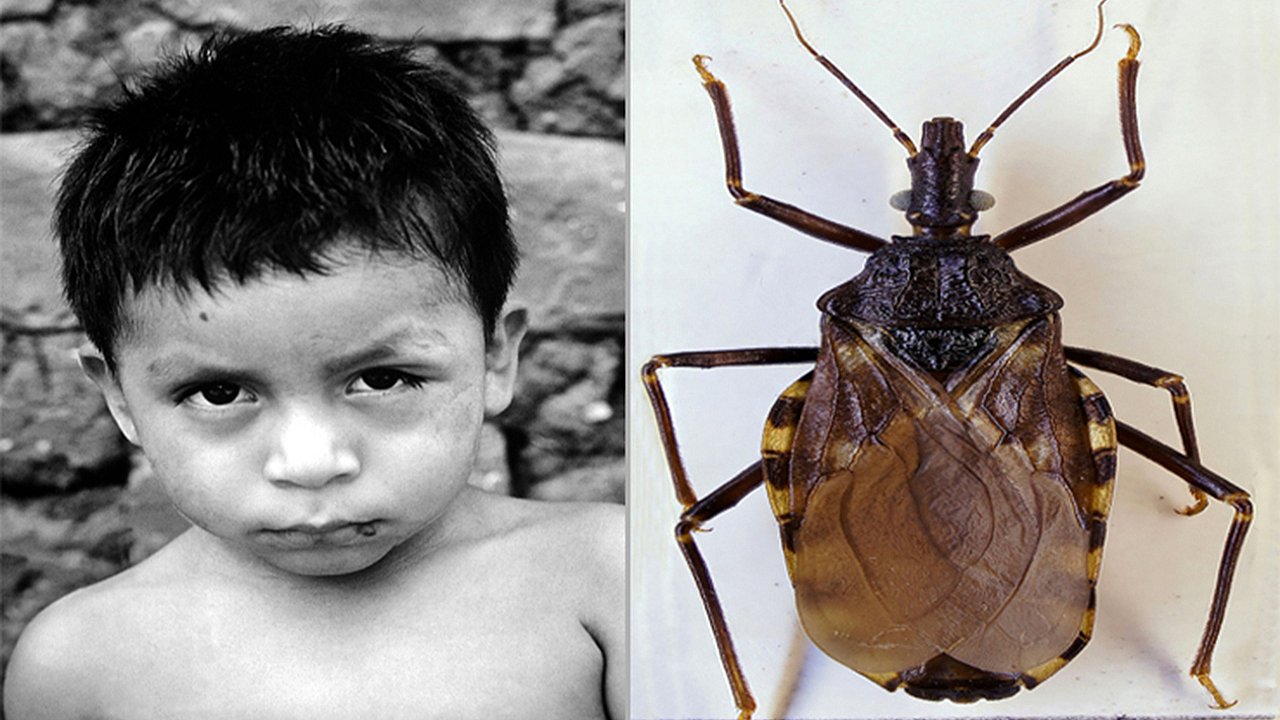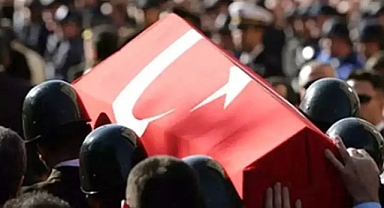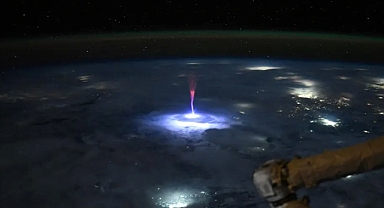Born in Bolivia, Rodríguez grew up terrified of this hidden threat, a disease that infects up to 8 million people annually and claims around 12,000 lives each year. Now 42 years old and living in Barcelona, Rodríguez has realized she cannot escape the looming danger of Chagas. Eight years ago, during a routine check-up while pregnant with her first child, she was diagnosed as a carrier of the disease. The shocking revelation triggered painful memories of her childhood fears. "I was paralyzed with fear," she recalls. "I remembered all the stories of people dying suddenly. I couldn't help but wonder what would happen to my baby." Fortunately, Rodríguez underwent treatment to prevent transmitting the parasite to her unborn child. After birth, her daughter tested negative for the disease. However, the reality of Chagas continues to impact millions worldwide.
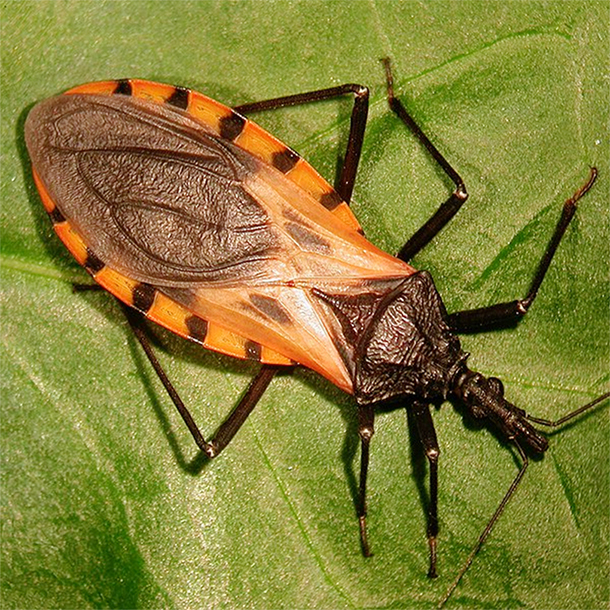 A Disease in the Shadows
A Disease in the Shadows
Elvira Idalia Hernández Cuevas, a mother from Mexico, had never heard of Chagas until her 18-year-old daughter, Idalia, tested positive while donating blood near Veracruz. "I was terrified when I read that it was called a silent killer," Hernández admitted. "I didn't know where to go or what to do."
Named after Brazilian physician Carlos Ribeiro Justiniano Chagas, who identified it in 1909, Chagas disease has been widespread in Latin America for over a century. However, it has also reached North America, Europe, Japan, and Australia, making it a growing global concern.
The disease is spread through triatomine bugs, commonly known as "kissing bugs" or "vampire bugs." These nocturnal insects thrive in the walls of rural and low-income homes, feeding on human blood while people sleep. The parasite, Trypanosoma cruzi, is transmitted when the bug defecates on its victim. If the person inadvertently scratches the affected area, the parasite enters the body through broken skin, eyes, or mouth.
According to the Centers for Disease Control and Prevention (CDC), an estimated 6 to 7 million people worldwide are living with Chagas, many of them unaware. When left untreated, the disease can lead to life-threatening complications. Years after infection, up to 30% of cases result in severe cardiac issues, potentially causing sudden death. Others develop gastrointestinal complications that significantly impact their quality of life. The global detection rate remains at just 10%, making effective treatment and prevention difficult.
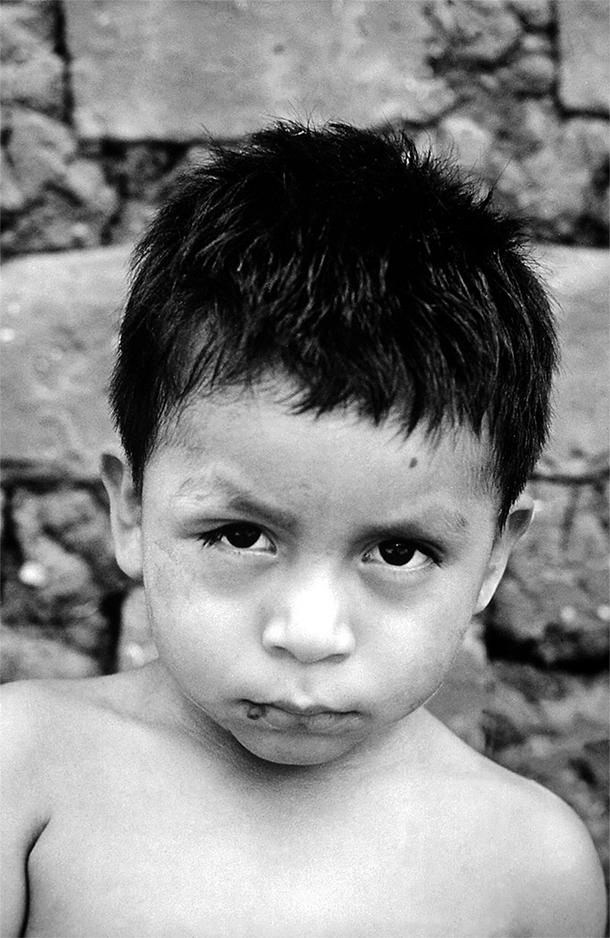 The Challenges of Diagnosis and Treatment
The Challenges of Diagnosis and Treatment
When Hernández sought medical assistance for her daughter, she was shocked to find that most doctors were unfamiliar with Chagas and its treatment. "I was scared and overwhelmed because I couldn't find reliable information," she said. Fortunately, with help from a family member in the healthcare field, her daughter received the necessary treatment.
Chagas remains a neglected tropical disease, meaning it receives little attention on the global health agenda. Colin Forsyth, a research manager at the Drugs for Neglected Diseases Initiative (DNDi), attributes this neglect to the disease's silent progression. "Chagas stays hidden for so long that it doesn’t receive the attention it deserves," Forsyth explains. He also highlights the socioeconomic factors at play, as the disease predominantly affects impoverished communities with little influence over healthcare policies.
As Chagas spreads beyond Latin America, awareness is slowly increasing. Infections can now occur through blood transfusions, organ transplants, and mother-to-child transmission during pregnancy or childbirth. Professor David Moore, a consultant at the Hospital for Tropical Diseases in London, launched the Chagas Hub to promote testing and treatment in the UK, particularly focusing on preventing mother-to-child transmission. However, Moore remains skeptical about the World Health Organization's (WHO) goal to eliminate the disease by 2030. "At the current pace, I can't imagine we'll even be close to that target," he states.
Two medications, benznidazole and nifurtimox, have been available for over 50 years, but they are known for their severe side effects and inconsistent effectiveness in adults. Rodríguez, who underwent treatment, recalls experiencing hives, dizziness, and nausea. She continues to have annual check-ups but stresses the need for better treatments. Moore adds that without financial incentives for pharmaceutical companies, the development of new treatments remains unlikely.
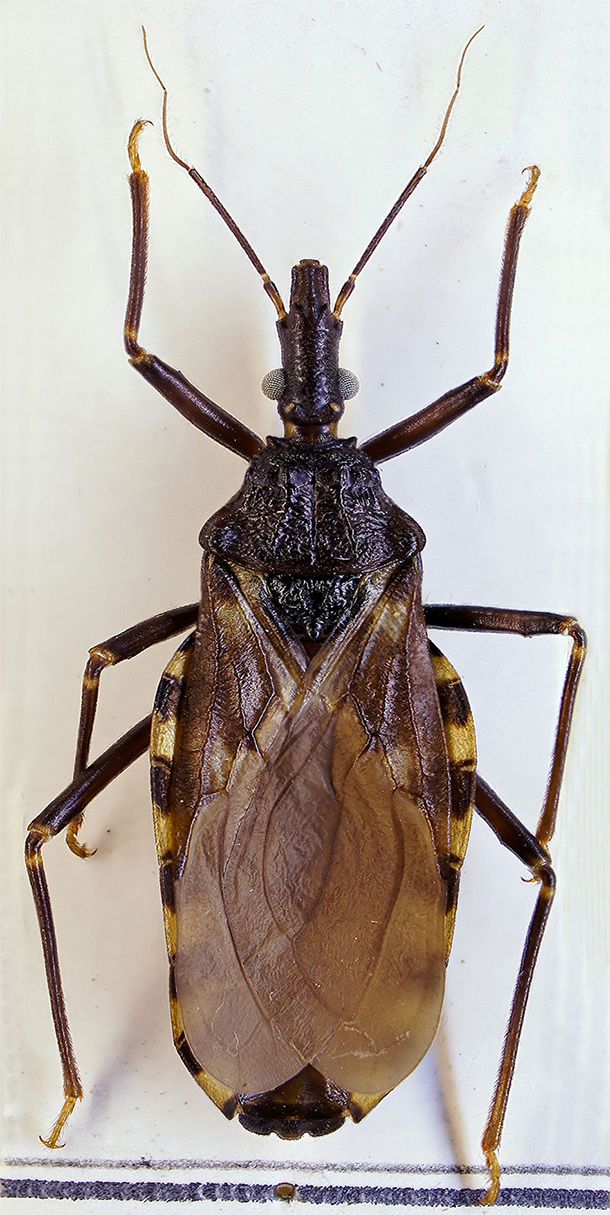 Fighting the "Monster"
Fighting the "Monster"
While medical advancements are slow, individuals like Hernández are determined to break the silence surrounding Chagas. As president of the International Federation of Associations of People Affected by Chagas Disease (FINDECHAGAS), she works tirelessly to raise awareness and push for better healthcare responses.
Rodríguez, now an advocate in Spain, has joined the Barcelona Institute for Global Health’s campaign to bring Chagas into public discourse. "I'm tired of the silence," she declares. "People need to talk about Chagas. They need to get tested and treated."
WHO has taken steps by recognizing April 14 as World Chagas Disease Day, commemorating the day Carlos Chagas identified the first human case in 1909. The organization has included Chagas in its global targets for disease prevention, control, and elimination.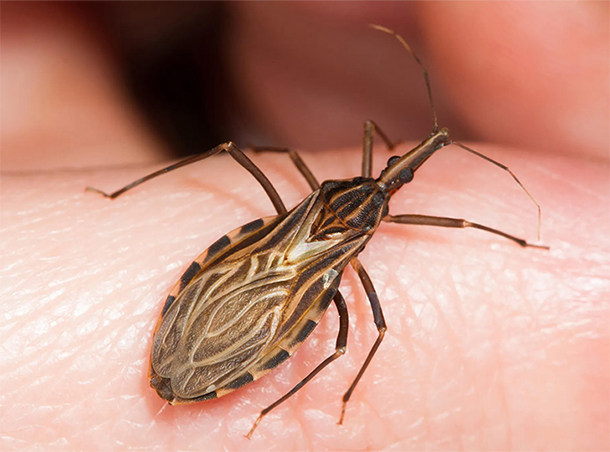
Protecting Your Home from Chagas
To reduce the risk of infestation, the CDC recommends:
Chagas disease is a hidden killer, preying on those who are unaware of its presence. It is crucial to spread awareness and advocate for better treatments. As Rodríguez, Hernández, and other activists push forward, their message remains clear: the world must take Chagas seriously before it claims more lives in silence.
 A Disease in the Shadows
A Disease in the ShadowsElvira Idalia Hernández Cuevas, a mother from Mexico, had never heard of Chagas until her 18-year-old daughter, Idalia, tested positive while donating blood near Veracruz. "I was terrified when I read that it was called a silent killer," Hernández admitted. "I didn't know where to go or what to do."
Named after Brazilian physician Carlos Ribeiro Justiniano Chagas, who identified it in 1909, Chagas disease has been widespread in Latin America for over a century. However, it has also reached North America, Europe, Japan, and Australia, making it a growing global concern.
The disease is spread through triatomine bugs, commonly known as "kissing bugs" or "vampire bugs." These nocturnal insects thrive in the walls of rural and low-income homes, feeding on human blood while people sleep. The parasite, Trypanosoma cruzi, is transmitted when the bug defecates on its victim. If the person inadvertently scratches the affected area, the parasite enters the body through broken skin, eyes, or mouth.
According to the Centers for Disease Control and Prevention (CDC), an estimated 6 to 7 million people worldwide are living with Chagas, many of them unaware. When left untreated, the disease can lead to life-threatening complications. Years after infection, up to 30% of cases result in severe cardiac issues, potentially causing sudden death. Others develop gastrointestinal complications that significantly impact their quality of life. The global detection rate remains at just 10%, making effective treatment and prevention difficult.
 The Challenges of Diagnosis and Treatment
The Challenges of Diagnosis and TreatmentWhen Hernández sought medical assistance for her daughter, she was shocked to find that most doctors were unfamiliar with Chagas and its treatment. "I was scared and overwhelmed because I couldn't find reliable information," she said. Fortunately, with help from a family member in the healthcare field, her daughter received the necessary treatment.
Chagas remains a neglected tropical disease, meaning it receives little attention on the global health agenda. Colin Forsyth, a research manager at the Drugs for Neglected Diseases Initiative (DNDi), attributes this neglect to the disease's silent progression. "Chagas stays hidden for so long that it doesn’t receive the attention it deserves," Forsyth explains. He also highlights the socioeconomic factors at play, as the disease predominantly affects impoverished communities with little influence over healthcare policies.
As Chagas spreads beyond Latin America, awareness is slowly increasing. Infections can now occur through blood transfusions, organ transplants, and mother-to-child transmission during pregnancy or childbirth. Professor David Moore, a consultant at the Hospital for Tropical Diseases in London, launched the Chagas Hub to promote testing and treatment in the UK, particularly focusing on preventing mother-to-child transmission. However, Moore remains skeptical about the World Health Organization's (WHO) goal to eliminate the disease by 2030. "At the current pace, I can't imagine we'll even be close to that target," he states.
Two medications, benznidazole and nifurtimox, have been available for over 50 years, but they are known for their severe side effects and inconsistent effectiveness in adults. Rodríguez, who underwent treatment, recalls experiencing hives, dizziness, and nausea. She continues to have annual check-ups but stresses the need for better treatments. Moore adds that without financial incentives for pharmaceutical companies, the development of new treatments remains unlikely.
 Fighting the "Monster"
Fighting the "Monster"While medical advancements are slow, individuals like Hernández are determined to break the silence surrounding Chagas. As president of the International Federation of Associations of People Affected by Chagas Disease (FINDECHAGAS), she works tirelessly to raise awareness and push for better healthcare responses.
Rodríguez, now an advocate in Spain, has joined the Barcelona Institute for Global Health’s campaign to bring Chagas into public discourse. "I'm tired of the silence," she declares. "People need to talk about Chagas. They need to get tested and treated."
WHO has taken steps by recognizing April 14 as World Chagas Disease Day, commemorating the day Carlos Chagas identified the first human case in 1909. The organization has included Chagas in its global targets for disease prevention, control, and elimination.

Protecting Your Home from Chagas
To reduce the risk of infestation, the CDC recommends:
- Sealing cracks and gaps around windows, doors, walls, and roofs.
- Removing wood, brush, and rock piles near homes.
- Using window and door screens, and repairing any holes or tears.
- Sealing access points to attics and crawl spaces.
- Keeping pets indoors at night.
- Regularly inspecting homes and pet resting areas for triatomine bugs.
Chagas disease is a hidden killer, preying on those who are unaware of its presence. It is crucial to spread awareness and advocate for better treatments. As Rodríguez, Hernández, and other activists push forward, their message remains clear: the world must take Chagas seriously before it claims more lives in silence.
